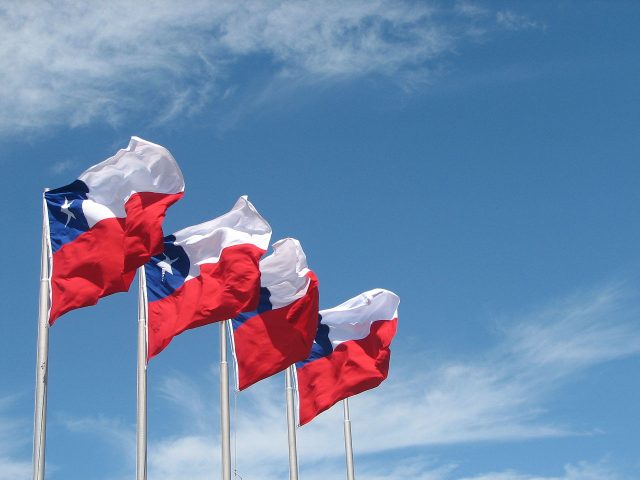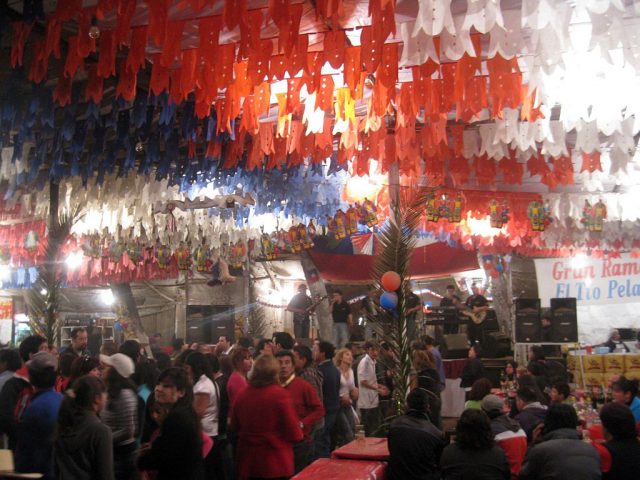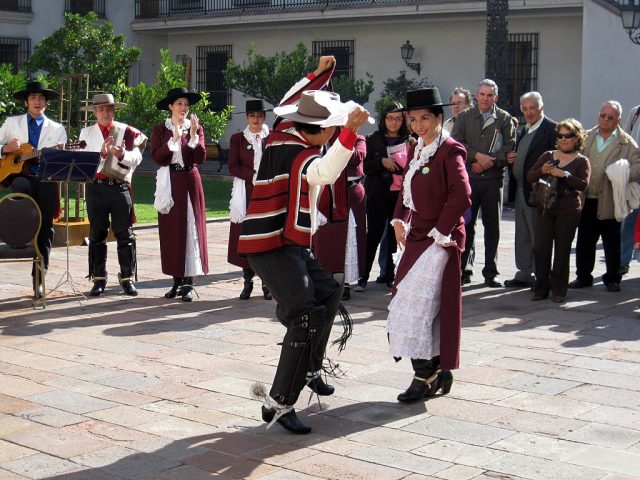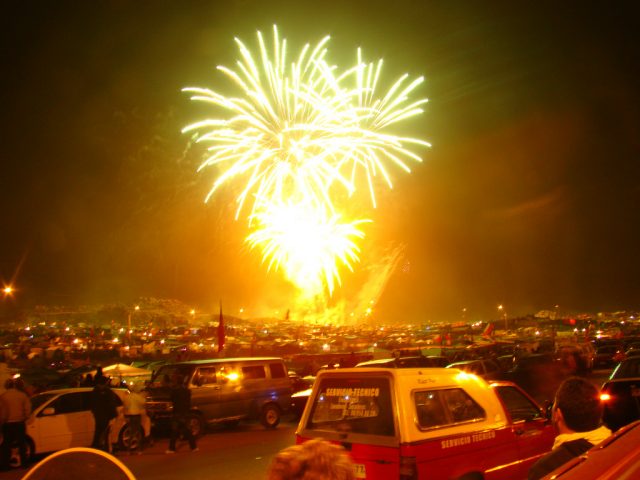From Asados to Cueca: Chilean Culture for Family Travelers
ABOUT
At Our Whole Village, we plan meaningful vacations for families who want to create lifelong memories and show their kids the world in a more conscious and intentional manner.
WORK WITH US
We help families take meaningful vacations so that they can escape everyday life, show their kids the world and make lifelong memories - with care, confidence and peace of mind.
THE BEST FAMILY VACATIONS BY AGE
Your (free) guide to the top travel destinations for families with babies, teens and everyone in between.
DOWNLOAD NOW
ABOUT US
September 15, 2019
A variety of forces have shaped Chilean culture. These include geographic isolation and the cultural mixing of indigenous and European (primarily Spanish) people groups. From the north to the south, fascinating regional variations exist in Chilean music, dance, and art forms.
But on September 18th, all Chileans unite for the culmination of Fiestas Patrias, a week-long party like none other. Also known as Dieciocho (literally the 18th), this day (and the week leading up to it) commemorate the country’s independence. In 1810, Chile’s criollo leaders created their first governing body. This act paved the way for independence eight years later.
Celebrating Dieciocho means partaking in plenty of food, festivities, parades, music, and drinks. It also highlights important aspects of Chilean culture from asado to cueca and rodeo.

© Mark Scott Johnson | Wikimedia Commons
Party Like It’s September 18th
During Dieciocho, crowds fill spacious open-air buildings with thatched roofs and dance floors known as ramadas. In the ramadas, these revelers are regaled by patriotic music. They also enjoy food and drinks from refreshment stands known as fondas. Some people and organizations also hold large barbecue parties known as asados.
Whether at a ramada or an asado, you’ll enjoy plenty of delicious eats such as anticuchos (kababs) and empanadas de pino (meat empanadas). Delicious drinks include terremotos, made from unaged white wine, pineapple ice cream, and a splash of Ferbet. There are also a wide variety of regional chichas made from fermented strawberries, corn, apples, or grapes.
On September 19th, military and naval pageantry comprise a crucial part of the celebration. These events mark the victory of Chile’s forces over the Spanish in the early 19th century. What’s more, since September 21st marks the start of Spring in Chile, colorful kite flying festivals abound, from Antofagasta to Coquimbo.

© Osmar Valdebenito | Wikipedia
The Cueca: Chile’s National Dance
Chileans also enjoy watching (or even participating) in folkloric dance competitions. These celebrate the Chile’s national dance, the cueca. You’ll see this Chilean dance performed both professionally and spontaneously across the country during Fiestas Patrias.
Highlights include Atacama’s “300 Cuecas” in the Copiapó’s Plaza de Armas. This showcases a wide variety of cuecas including regional variations. Or, in Coquimbo, watch hundreds of children take part in this traditional dance.
The traditional cueca involves two characters, an huaso (cowboy) and a china (peasant woman), dancing to the accompaniment of two singers and an acoustic guitar. Other optional instruments include harps, pianos, guitars, accordions, or tambourines.
Regional variations of the cueca include:
- The northern cueca
- The cueca chilota
- The cueca chora (or fierce cueca)
- The urban cueca
No matter the region, each dancer holds a white handkerchief. They dance in a flirtatious, romantic way with plenty of fancy footwork. This is meant to mimic the mating ritual between a hen and rooster. Crowd participation is essential in the form of clapping, which keeps the couples moving around the ramada.

© Osmar Valdebenito | Wikipedia
Rodeo: Chile’s National Sport
Although contemporary Chileans are just as soccer crazed as many other South Americans, Chile’s national sport is rodeo. It’s a tradition dating back to the 16thcentury. During Fiestas Patrias, Chileans crowd into the medialuna (the moon-shaped space where rodeos take place). There, they watch huasos showcase their horsemanship and ability to handle livestock.
Dressed in traditional regalia — handmade straw hats, knitted shawls, and stirrups — huasos put on a lively show. That said, Chile’s version differs significantly from what you’ll see in the United States. For starters, there are no bucking broncos, bull riding events, or lassoing during Chile’s rodeos.
But you will see huasos maneuvering cattle with their horses. These horses are specially bred to handle the undulating, rocky foothills of Chile. They can even run sideways! Besides horsemanship, huasos get judged on their cow or calf-pinning abilities on one of two quinchas (padded parts of the medialuna). In keeping with Chile’s rodeo craze, the sport is almost a year-round event. But major competitions take place from September through April.

© FranSepulveda | Wikipedia
Chilean Culture for Family Travelers
Chilean culture contains a vibrant mixture of indigenous and European influences. When traveling Chile with kids, you’ll have the chance to partake in some of these cultural celebrations firsthand. Whether enjoying delectable barbecue at an asado or trying your hand at the country’s national dance, cueca. Just remember to bring your white handkerchief!
Ready for a family trip to Chile? Check out our Atacama Family Adventure, an immersive exploration of Chilean culture. It includes a cooking class in Santiago, a graffiti workshop in Valparaíso, and a visit to Atacama’s breathtaking salt flats, active geysers, and star-studded night skies. Or, check out our eleven-day Patagonia Family Adventure. This family-friendly trip covers everything from winemaking in Valparaiso to exploring the magic of Patagonia.
At Our Whole Village, we craft transformational trips for curious families who want to create lasting memories while making a difference. We’re here to help you and your family experience the world, its people, and its cultures. Contact us today to learn more about the unforgettable journeys that we curate for adventure-seeking families just like yours.
OUR SERVICES
HOME
COPYRIGHT © OUR WHOLE VILLAGE 2021
DESIGN BY GIRLBOSS DESIGNER | CUSTOMIZED BY ALEX COLLIER DESIGN
about
TRAVEL SERVICES
DESTINATIONS
BLOG
PLAN A TRIP
FREE TRAVEL GUIDE
TERMS AND CONDITIONS
hello@ourwholevillage.com
+1 305 432 2612